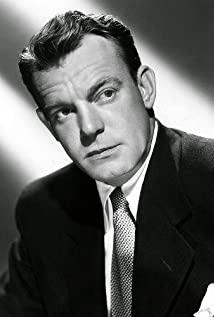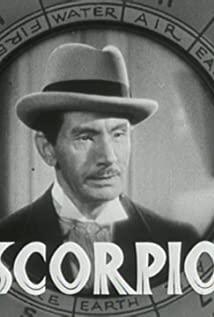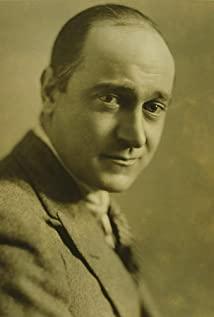Berlin's first and most beautiful original soundtrack was for "Top Hat," a film that also brought him and Astaire together in one of the most satisfying examples of musical score collaborations. The lively style of the film's plot is consistent with the mild irony produced by its high-society language, etiquette, and costumes, and is set for five deftly constructed songs - "No Care," "A Beautiful Day," "Top Hat," " Face to Face" and "Pickerino" - provided the perfect backdrop; of the five songs, the second and fourth were composed for pas de deux and were the most moving music in the film (especially The latter, in its stunning choreography, is one of Berlin's most extraordinary and passionate soundtracks). Unusually, the songs are evenly distributed throughout the film (one every ten to fifteen minutes), with at least the first four doing a good job of shaping the characters and moving the plot forward. What makes these scores even more important is that they are the result of a trio of Berlin, Astaire, and Max Steiner as music director. What makes Top Hat so successful is the ability of the three to handle a range of musical styles in perfect harmony: Berlin blends jazz and classical melodies and chords, Astaire (with Hermes Penn) co-choreographer) can alternate between vaudeville and ballet music, while Steiner can shuttle back and forth between theater band and symphony orchestra. In addition, Steiner was one of the pioneers of sound synthesis technology and so-called background music, including the music he previously composed for RKO's major landmark films such as "King Kong" and "Desert Soul". (Jeffrey Norville-Smith, "World History of Cinema")
View more about Top Hat reviews











